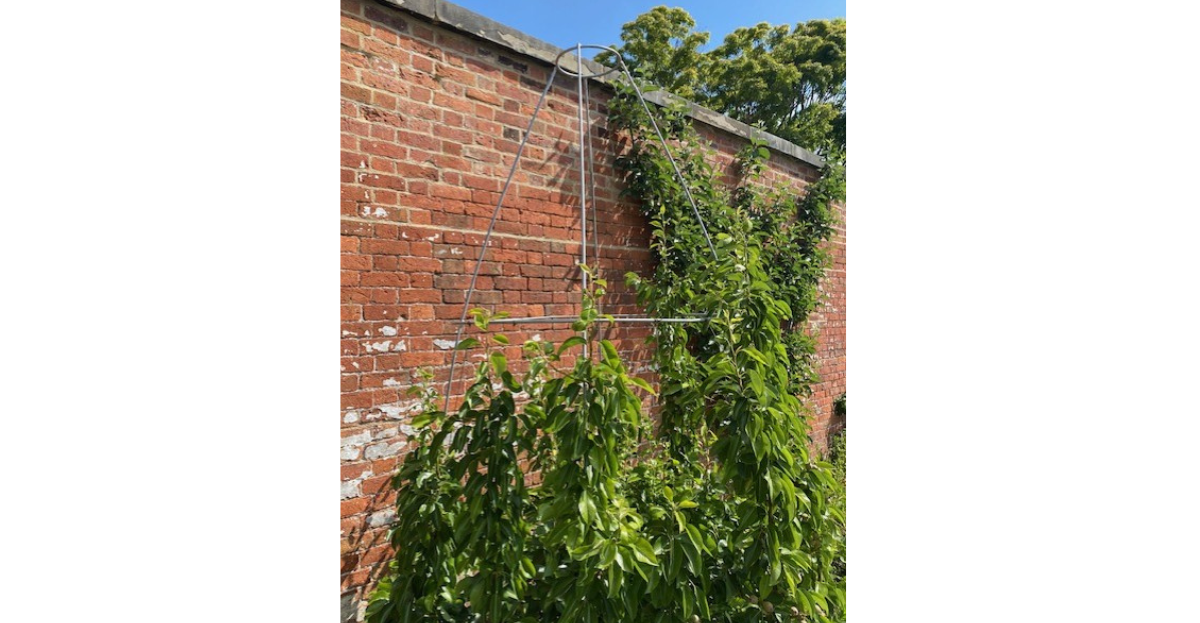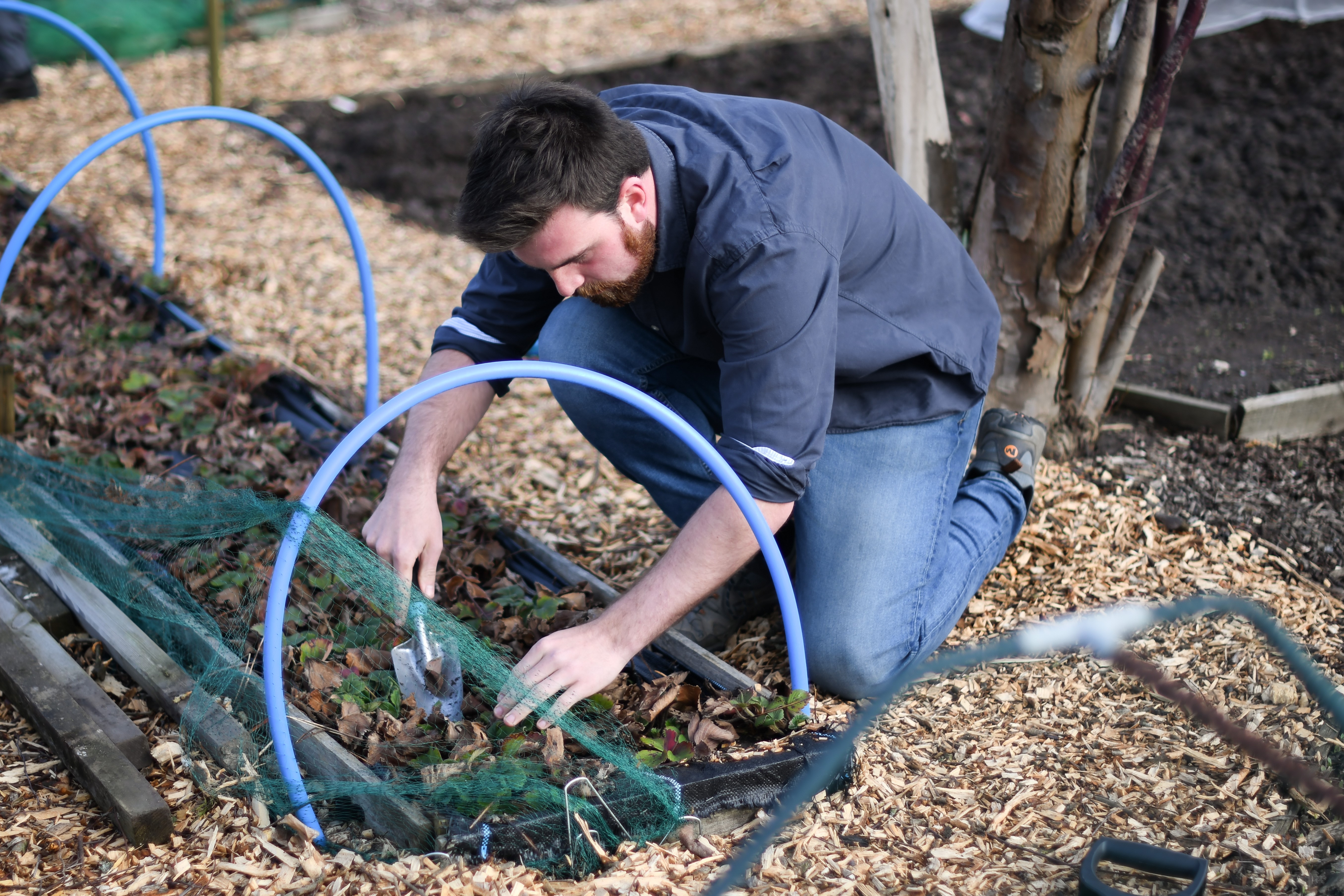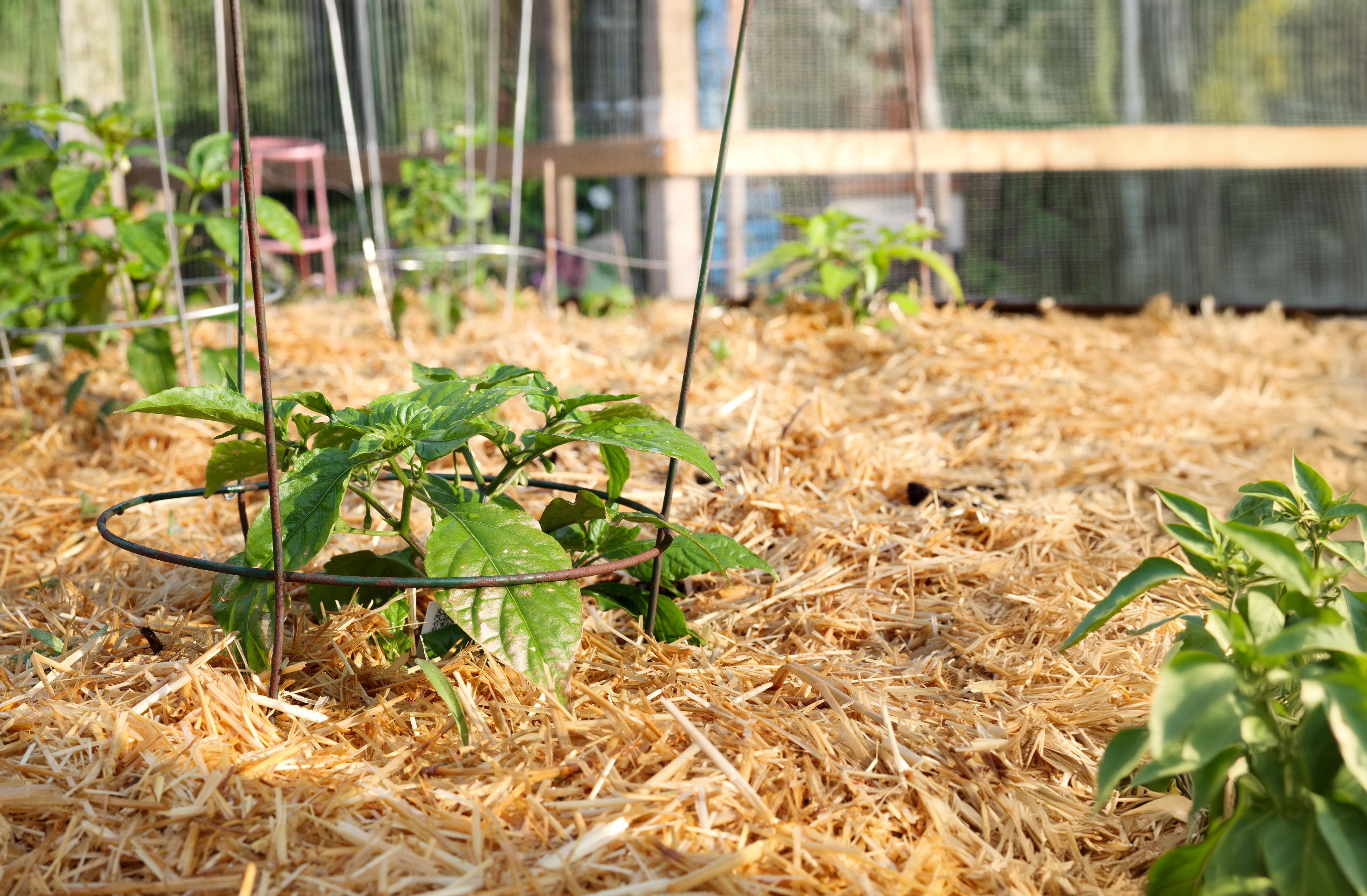How to Support Climbing and Bushy Plants on Your Allotment
Supporting plants isn’t just about keeping them upright—it helps them thrive by improving airflow, reducing disease, and making harvesting easier. Choosing the right support for each plant is key to healthy growth and a successful allotment.
But with so many options—from rustic hazel wigwams to sleek metal frames—how do you choose the right one for your allotment? Let’s dig into the traditional, the modern, and the materials you can use to keep your crops standing tall.
Why Do Plants Need Support?
Many plants naturally climb or sprawl, and without support, they can become damaged, diseased, or difficult to manage. Support systems help to:
- Maximise space (especially in smaller plots)
- Improve air circulation and reduce disease
- Make watering, weeding, and harvesting easier
- Keep fruits off damp soil
- Encourage better yields

Traditional Plant Supports: Rustic & Reliable
Traditional supports are timeless, sustainable, and often cost-effective. They include:
Hazel or willow branches – Ideal for weaving into natural wigwams and arches
Bamboo canes – Flexible, easy to build into teepees or lattices
Wooden stakes and frames – Strong and sturdy, often made from reclaimed timber
Garden twine – For tying and weaving in a gentle, biodegradable way
Popular Traditional Setups:
Hazel Wigwams – Perfect for sweet peas and runner beans; biodegradable and beautifulBamboo Teepees – Great for peas or climbing French beans
Wooden A-frames – Useful for espalier training or low-growing fruit
Circular Supports – Created by bending branches into hoops—ideal for bushy plants like peonies or low peas
Tip:
Traditional materials are eco-friendly and lend a natural look to your plot, though they often need replacing each season.
Modern Plant Supports: Strong & Structured
Modern supports are designed for strength, longevity, and convenience.
These include:
Metal frames or mesh (galvanised steel or aluminium) – Durable, ideal for heavier cropsPlastic netting and trellis – Lightweight and easy to install
Soft ties, Velcro, or clips – Gentle on stems, perfect for tomatoes and climbing plants
Circular wire supports – Great for bush tomatoes, dahlias or floribunda roses
Obelisks – Decorative and functional; perfect for climbers like clematis, sweet peas or even beans

Popular Modern Options:
Metal Obelisks– Add height and structure; ideal for decorative or edible climbers
Tomato Spirals – Self-supporting metal spirals that guide growth without tying
Plastic or Metal Netting – Quick to set up for beans, cucumbers or squashes
Circular Grow-Through Grids – Used for perennials or bushy veg to keep them from flopping over
Tip:
These materials are reusable and weather-resistant, but often less biodegradable than their traditional counterparts.

Material Comparison: What Should You Use?
Here’s a breakdown of different materials and their pros and cons:
Traditional vs. Modern: Why Not Both?
Metal Obelisks– Add height and structure; ideal for decorative or edible climbers
Tomato Spirals – Self-supporting metal spirals that guide growth without tying
Plastic or Metal Netting – Quick to set up for beans, cucumbers or squashes
Circular Grow-Through Grids – Used for perennials or bushy veg to keep them from flopping over
Use hazel obelisks for sweet peas and metal spirals for tomatoes
Combine bamboo canes with plastic netting for a cost-effective pea fenceTry willow hoops for border flowers and circular metal grids for top-heavy perennials
By combining approaches, you can create a plot that’s functional, sustainable, and pleasing to the eye
Tip:
These materials are reusable and weather-resistant, but often less biodegradable than their traditional counterparts.
Final Tips for Supporting Your Plants
Choose your support based on the plant’s growth habit and weight
Make sure the structure is secure and weather-resistant
Use ties that are gentle and adjustable to avoid stem damage
Reuse and recycle materials where possible
Think about ease of access —you want to be able to pick, water and weed without a struggle
Make Your Plot Work for You
Supporting your plants doesn’t have to mean sticking to one method. Whether you build a rustic wigwam, install a sleek metal obelisk, or try your hand at DIY willow hoops, the goal is to keep your plants happy and your harvest healthy.
Become a National Allotment Society member and help to preserve and protect allotments for future generations.
You'll also gain a range of benefits including free liability insurance, initial legal support, expert advice and much more.
.png)
